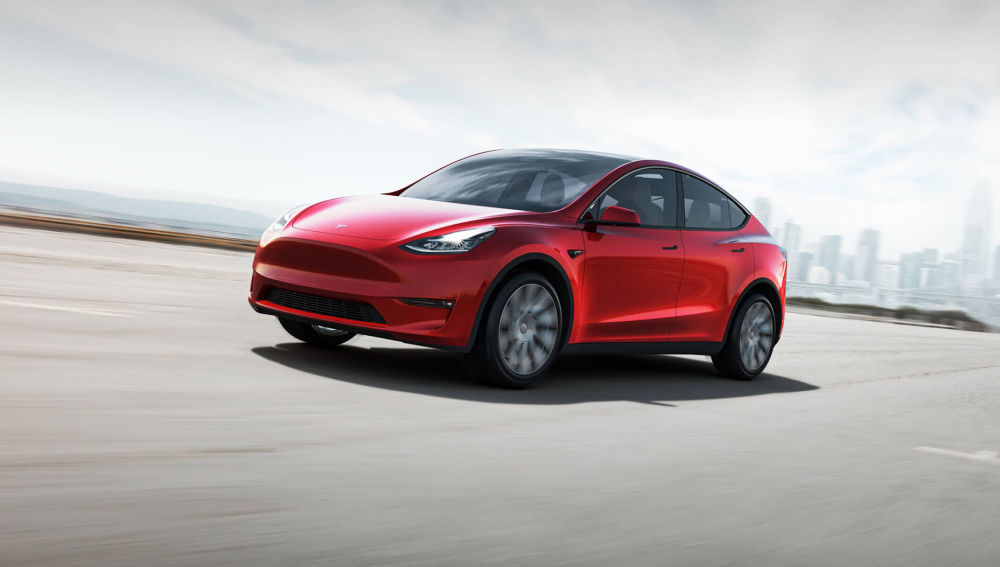When Tesla introduced the Model Y, it announced four mechanical variants: Standard Range RWD, Long Range RWD, Long Range Dual Motor, and Long Range Dual Motor Performance. While the Standard Range variant would have a limited capacity battery, the Long Range would enjoy a larger pack. The RWD would be rear-wheel drive and the Dual Motor all-wheel drive.
Initially, Tesla began offering the two most expensive variants, the Long Range Dual Motor, and Performance. The rear-wheel-drive versions were expected to arrive later this year or next; however, in July, Elon Musk, Tesla’s chief executive, announced that the Model Y Standard Range RWD would ultimately not go into production.
Why did the company scrap the launch of the more affordable Model Y? According to Musk himself, the decision was because its autonomy would end up being unacceptably low. Therefore, the new access variant became the Long Range RWD, which has not yet started.
Despite everything, some media speculate that Musk may decide to delay the launch of the Model Y Standard Range RWD due to the imminent arrival of the 4680 cells without tongue, which will reduce the price of the packs and increase the autonomy of the packs’ electric cars of the firm thanks to better use of space, among other things.
Its use in the SUV, which would make it possible to market an affordable Model Y with a range greater than 420 miles EPA, is far from being official. At the moment, they are simple speculations on the part of some specialized portals in the United States. However, the truth is that this solution would make a lot of sense once the brand has managed to scale the production of 4680 cells.
Let us remember that although by next year, Tesla expects to have reached a manufacturing rate of 10 GWh per year, it will not begin the mass production of the new cells until 2022, which initially will arrive first at the Semi truck and the Cybertruck pick-up (although it is possible that the new Model S Plaid, produced in low numbers, is the first Tesla to have these new batteries).
Nor should we lose sight of the fact that the Model Y was Tesla’s first approach to a new, more efficient manufacturing process: by the end of the year, the Fremont Model Y will have its rear frame made up of a single giant cast piece, while in 2021 the Giga Berlin Model Y will add the front frame. The next step will be to follow the same process in the central frame, which will allow the creation of structural batteries, cheaper and more capable than a conventional pack.

